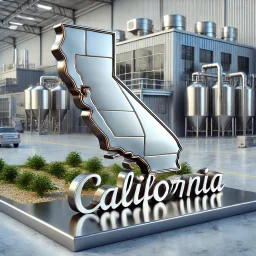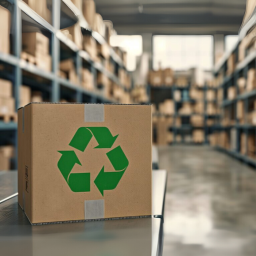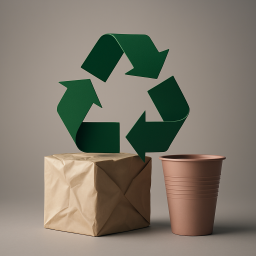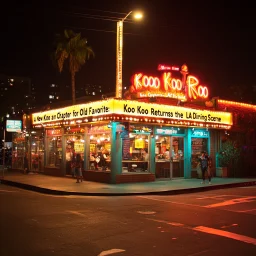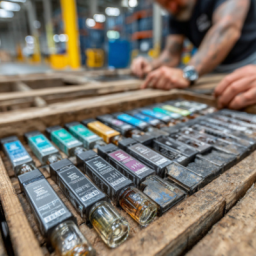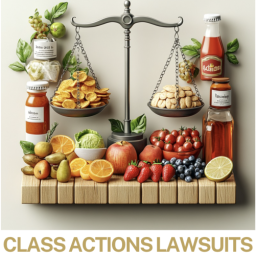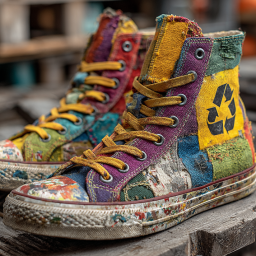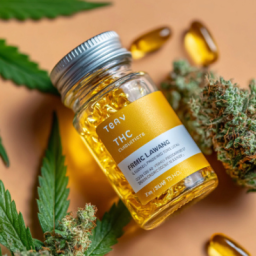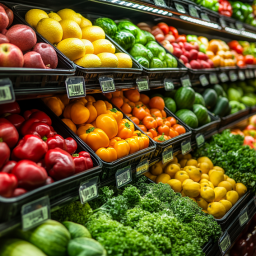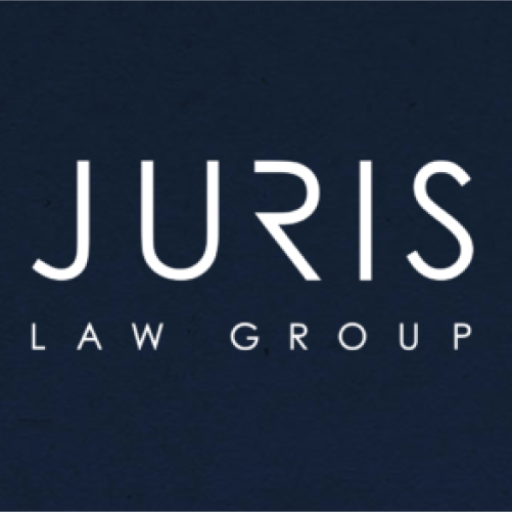
California Governor Gavin Newsom vetoed a bill that would have banned the sale and distribution of consumer products containing PFAS, commonly called “forever chemicals.” The proposal, Senate Bill 682, targeted items such as food packaging, juvenile products, dental floss, cleaning products, and ski wax.
The veto marks a setback in California’s effort to curb PFAS exposure, highlighting the ongoing debate between environmental safety and consumer practicality.
What Was in California’s PFAS Ban Bill?
Senate Bill 682 (SB 682) aimed to eliminate the intentional addition of PFAS (per- and polyfluoroalkyl substances) from common household and food-related products. PFAS are known for their grease-, water-, and heat-resistant properties, but they’re also linked to serious environmental and health risks.
If enacted, the bill would have:
- By 2028: banned PFAS in food packaging, juvenile products, dental floss, cleaning supplies, and ski wax.
- By 2030–2031: extended the phase-out to certain cleaning product ingredients and cookware.
California has already enacted PFAS limits in textiles, firefighting foam, and cosmetics, but this measure would have closed remaining gaps in consumer exposure.
Why Did Governor Newsom Veto the PFAS Ban?
Governor Newsom vetoed the bill on October 13, 2025, explaining that although he supports reducing PFAS use, SB 682 was too expansive and lacked practical enforcement mechanisms.
Key reasons for the veto:
- Limited consumer options — Newsom said the bill could drastically reduce access to cookware and cleaning products, affecting households and restaurants alike.
- Economic pushback — The restaurant industry argued the ban would increase costs and disrupt supply chains, especially for nonstick cookware.
- Implementation challenges — The bill did not clearly define compliance testing or enforcement strategies.
Prominent chefs, including Thomas Keller, urged Newsom to reject the measure, warning it would restrict essential cookware used in professional kitchens.
Why Focus on PFAS in Food Packaging and Cleaning Products?
PFAS are used in grease-proof wrappers, pizza boxes, cleaning sprays, and even dental floss coatings. These chemicals are called “forever” for a reason, they don’t break down naturally and can accumulate in soil, water, and human blood.
Studies link PFAS exposure to:
- Immune suppression
- Developmental and reproductive harm
- Hormonal disruption
- Increased cancer risk
Food packaging and cleaning products are key exposure points because PFAS can migrate into food or release into indoor air and water during regular use.
According to the U.S. Environmental Protection Agency (EPA), PFAS exposure poses growing public health risks, prompting federal actions such as drinking water standards and product testing programs (EPA PFAS Overview).
The U.S. Food and Drug Administration (FDA) also confirmed that PFAS-based greaseproofing agents are no longer being sold for food contact materials in the U.S. (FDA announcement).
Which Products Would Have Been Impacted First?
Had SB 682 become law, the first wave of PFAS bans by 2028 would have covered:
- Food packaging: wrappers, bowls, and take-out containers
- Juvenile products: bibs, mats, play surfaces, and sleep accessories
- Dental floss: PFAS-coated “glide” products
- Cleaning products: surface sprays, floor sealants, and polishes
- Ski wax: high-fluorine waxes used in sports equipment
These categories were chosen due to high consumer exposure and available safer alternatives.
What’s Next for PFAS Regulation in California?
Although the veto stops SB 682 for now, the issue isn’t going away. Lawmakers plan to narrow the bill’s scope and strengthen compliance language before reintroducing it.
Meanwhile, other states have already acted:
- Maine and Washington prohibit PFAS in food packaging.
- New York bans PFAS in paper-based food packaging and certain textiles.
- The EPA is developing federal PFAS reporting and testing standards, which could create national uniformity.
How Can Businesses Prepare for PFAS Phase-Outs?
Even with the veto, California’s environmental policies often set the national standard. Brands should start transitioning away from PFAS to minimize risk and gain a compliance advantage.
Here’s how to prepare:
- Conduct PFAS audits — Identify where PFAS are intentionally added in your materials, coatings, or packaging.
- Work with suppliers on alternatives — Ceramic, silicone, and plant-based coatings are gaining traction in PFAS-free packaging.
- Update product labels — Ensure “PFAS-free” or “eco-safe” claims are substantiated to avoid consumer protection violations.
- Monitor evolving regulations — Track CalEPA and EPA updates for new product disclosure requirements.
- Protect your intellectual property — File for trademarks early and conduct trademark clearance when launching new PFAS-free product lines.
Even without an immediate ban, PFAS contamination concerns can trigger recalls or warning notices under state and federal law.
At Juris Law Group, we advise food, beverage, and consumer goods companies on compliance with chemical disclosure laws, trademark protection, and sustainable product strategies.
Frequently Asked Questions (FAQ)
What are PFAS and why are they regulated?
PFAS are man-made chemicals used for water, oil, and stain resistance. Because they persist indefinitely and bioaccumulate, regulators are tightening restrictions globally.
Are PFAS already banned in California?
Yes, but only partially. California has banned PFAS in cosmetics, firefighting foam, and textiles but not yet in cookware or cleaning products.
Will PFAS eventually be banned nationwide?
Possibly. The EPA is advancing new PFAS testing and reporting rules that could pave the way for federal restrictions.
What should companies do now?
Begin phasing out PFAS proactively and work with legal counsel to manage compliance and labeling requirements.
How can Juris Law Group help?
Our attorneys assist clients in navigating chemical disclosure laws, conducting supply chain audits, and ensuring trademark protection for PFAS-free product launches.
Key Takeaway
Governor Newsom’s veto doesn’t end California’s push to eliminate PFAS—it simply delays it. Lawmakers are likely to revisit a narrower version of the ban, and similar restrictions are advancing nationwide. For brands, this is the time to prepare by auditing supply chains, exploring safer alternatives, and ensuring truthful “PFAS-free” claims. The shift toward PFAS-free consumer products is inevitable—and proactive compliance will be the safest path forward.
